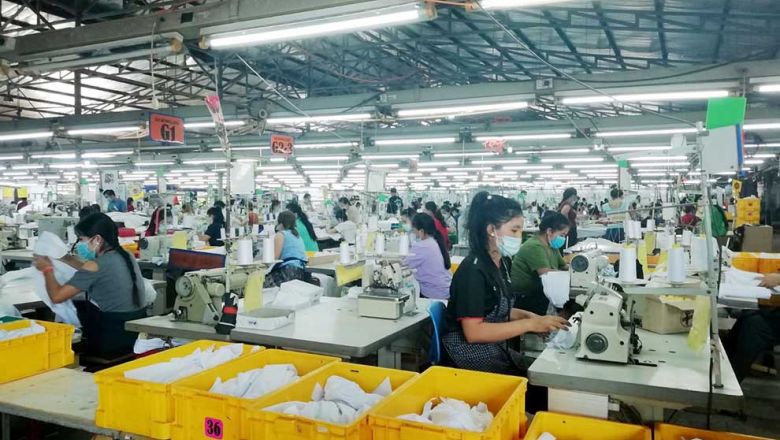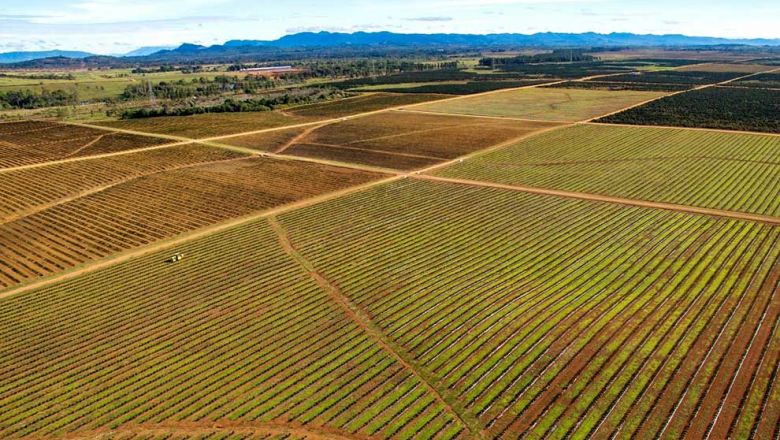Only 33% of export receipts flow back to Laos’ economy
Only 33% of export receipts flow back to Laos’ economy
Laos is facing a challenge with respect to foreign currency outflow, which is more than the amount of foreign currency entering the country through the banking system.
Bank of the Lao PDR governor Sonexay Sithphaxay told a news conference recently that only 33 per cent of the total export value entered the Lao economy through the banking system over the past four months of this year, with the rest deposited offshore.
Meanwhile, 98 per cent of the total import value was transferred out of the country through the banking system in this period. This means that commercial banks in Laos have been able to buy less foreign currency than anticipated, especially Thai baht and US dollars.
Another important feature is that actual foreign investment inflows through the banking system were much lower than the agreed value of investments.
Despite a trade surplus of $589.66 million over the past four months and resilient foreign direct investment (FDI) inflows, the supply of foreign currency needed to import goods, including fuel, has remained insufficient.
Rising demand for external debt servicing and the demand for foreign currencies needed to import goods have resulted in a current foreign exchange pressure. The depreciation of the kip is impacting inflation as businesses need to spend more to buy foreign currencies to import goods.
Year-on-year inflation in Laos increased from less than two per cent in February 2021 to 9.9 per cent in April 2022 and threatens living standards, especially in low-income urban households.
Over the past four months of this year, the kip depreciated by 18.36 per cent against the US dollar and by 9.4 per cent against the Thai baht compared to the figures recorded in the same period last year, according to Sonexay.
According to the World Bank’s latest economic update for Laos, the kip depreciated sharply in 2021-2022, by about 30 per cent against the US dollar over the year up to April 2022, reflecting considerable external liquidity constraints.
“The limited availability of foreign currency, coupled with high demand – for imports and debt service repayments – has caused a demand-supply mismatch that creates strong depreciation pressures, despite significant debt service deferrals,” the World Bank (WB) said.
The bank also stressed that global monetary tightening and rising interest rates could put further pressure on the kip, add to inflation, and increase debt burdens. This would constrain investment inflows and financing options.
The prolonged Russia-Ukraine conflict could further affect commodity prices, especially for fuel, while weaker-than-expected growth in key partners, particularly China, would restrict external demand.
The WB’s report recommends restoring macroeconomic stability, mainly by increasing both revenue collection and spending efficiency.
At the cabinet’s monthly meeting held recently, the government ordered action to stabilise the exchange rate and to improve transaction mechanisms through the banking system.
















